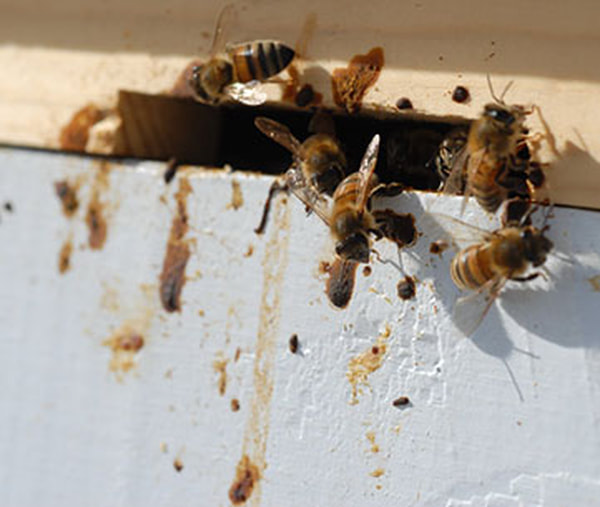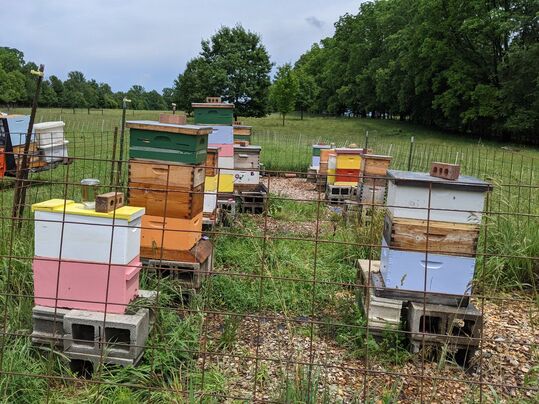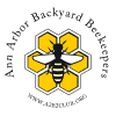 https://beeaware.org.au https://beeaware.org.au Ailment A big thing to watch for in the spring is signs of disease in your hives. Cool, wet springs often bring brood diseases such as sacbrood, chalkbrood, Nosema/dysentery, and European foulbrood (EFB). Sacbrood is a viral disease where the larvae turn brown and pointy. Chalkbrood is a fungal disease where the larvae look like black, white, or gray mummies. Nosema apis is a microsporidian parasite that can cause dysentery (diarrhea) in bees that can be seen as tan to brown streaks on the tops of the frames and around the hive entrance. Bees can also get dysentery from too much ash in their diet or too much moisture in their hive. EFB is a bacterial disease that causes the larvae to look yellow, twisted, and “skeletal.” Treatment of these spring diseases includes feeding sugar syrup, taking care of moisture problems in the hive, and sometimes requeening the hive. Varroa testing and treatment should also begin in the spring. Backfilling In the early spring before many plants are blooming, beekeepers may also want to feed their colonies. Feeding pollen, the bee’s source of protein, can encourage your queen to lay more eggs. You may also want to feed 1:1 sugar syrup to encourage comb production if you have undrawn foundation frames. Sometimes feeding too much sugar syrup may induce a swarm if the bees choose to store the syrup in the brood chamber (called backfilling) and the queen runs out of space to lay her eggs. Copy Spring is the time of year where honey bees, like most animals, reproduce. Though the queen lays eggs throughout most of the year to replenish and boost the population of the colony, the true, natural reproduction of the honey bee colony is a swarm. If you hive survived the winter, has a laying queen, and has pollen coming in, you will need to watch for signs that your colony may be ready to swarm. Since swarming causes the loss of bees and introduces a non-native species into the environment, beekeepers try to prevent swarms either by giving their bees more drawn comb or by splitting their colonies. Another technique that may be useful in the spring is called reversing. This is moving an empty box of frames from the bottom of the hive to the top. The bottom box may be empty (no bees) because the bees move up to the top of the hive during the winter. This is also a good time to replace frames of old, dark comb from the empty box with fresh foundation frames. More Information: https://pollinator.cals.cornell.edu/sites/pollinator.cals.cornell.edu/files/shared/documents/Beekeeping%20Calendar%20for%20the%20Northeast.pdf
0 Comments
Leave a Reply. |
AuthorJen Haeger is a new master beekeeper and board member of A2B2. Archives
August 2022
Categories
All
|


 RSS Feed
RSS Feed
